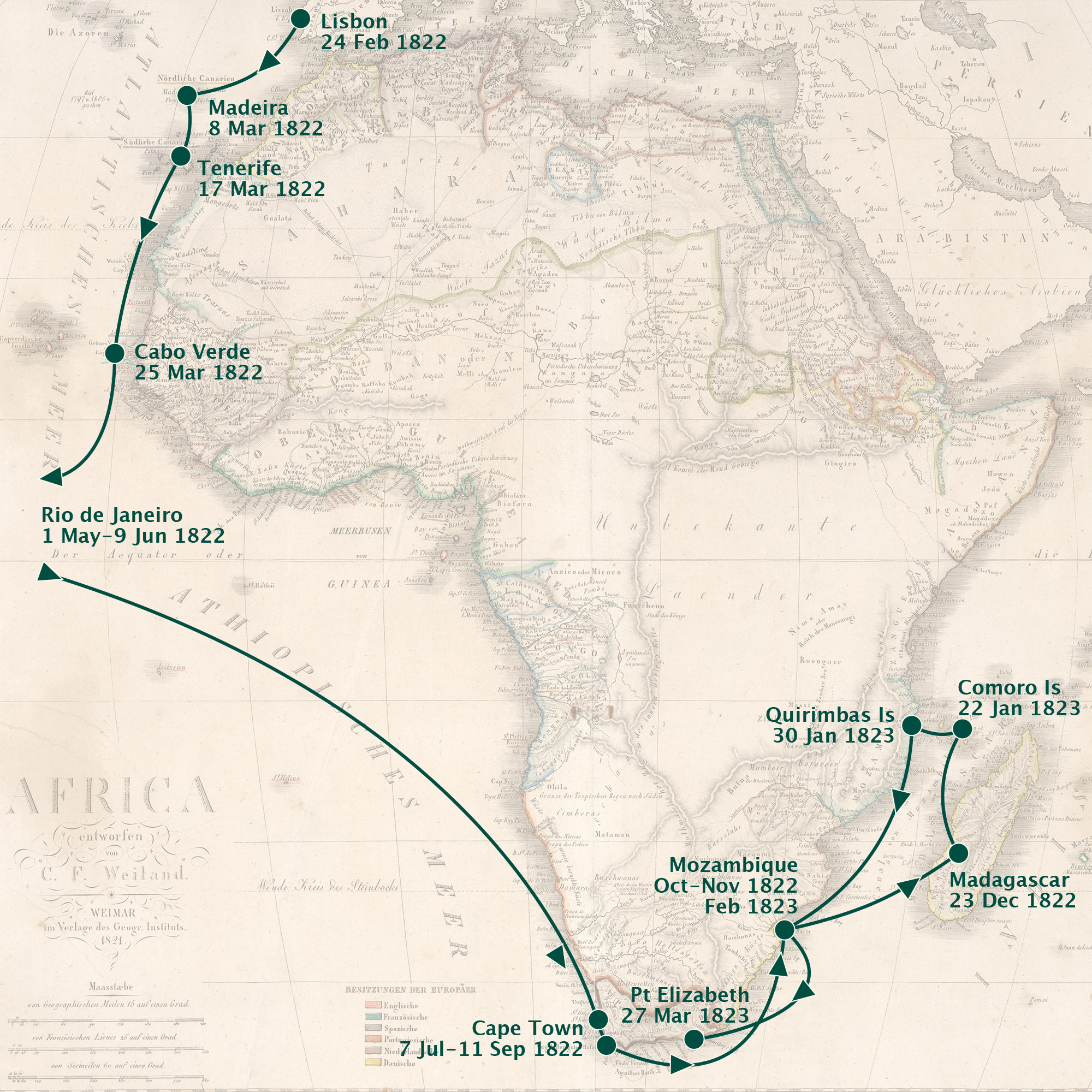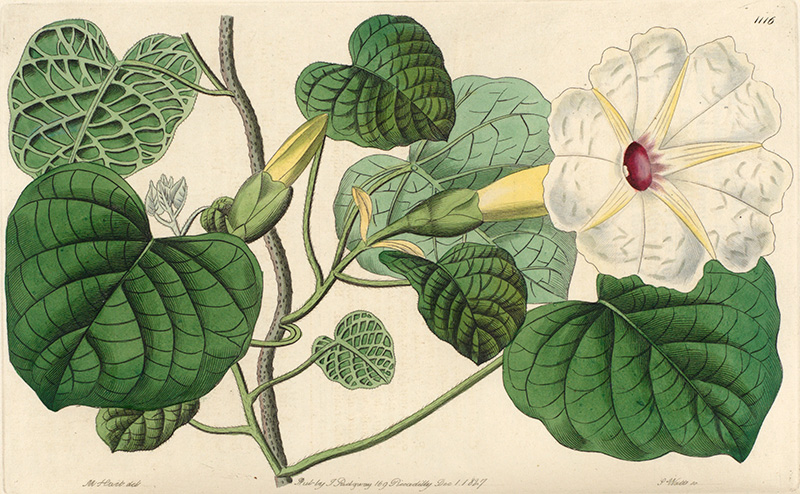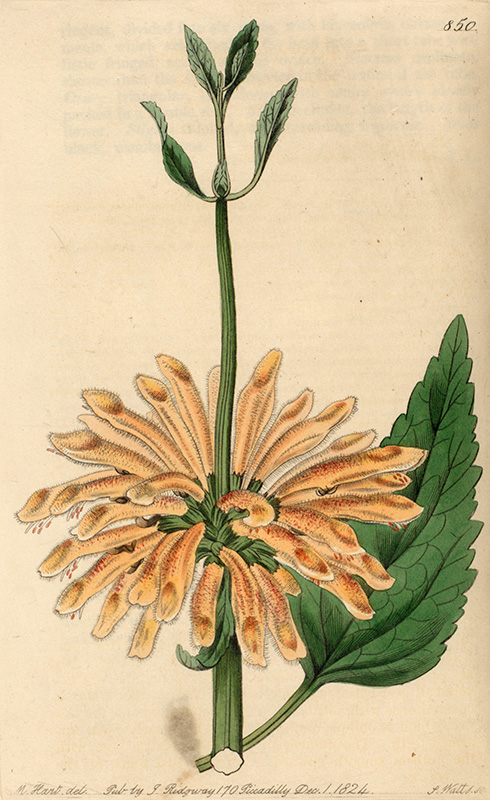Insights into our collections
RHS Plant Collector Archive: John Forbes
John Forbes was the Horticultural Society’s third plant collector. He travelled to Africa and South America before his untimely death in 1823.
Who was John Forbes?
John Forbes was the Horticultural Society’s third plant collector. Born in 1799 in Dukinfield near Manchester, Forbes grew up around plants. His father worked at a local plant nursery, and Forbes himself went on to study botany and natural history under John Shepherd, the first curator of the Botanic Garden in Liverpool. Forbes was just 23 years old when he died, succumbing to illness on his expedition to Africa in 1823.
Where did John Forbes go to collect plants?
Forbes departed on HMS Leven from London in February 1822. The Leven was commanded by Captain William Fitzwilliam Owen, who had been sent by the British Government to survey the southern and western coasts of Africa. Forbes travelled to Portugal, and then onwards to Madeira, the Canary Islands, and the Cabo Verde Islands, before crossing the Atlantic and arriving in Rio de Janeiro in Brazil in May 1822.

Map of John Forbes’ voyage. The place names are those used by Forbes in his account.
A month later Forbes crossed the Atlantic again, arriving in Cape Town in South Africa on 7 July 1822. The next stage of Forbes’ travels took him up the east coast of Africa, to Mozambique and Madagascar, where Owen had been tasked to survey as well as to patrol the coast for vessels carrying enslaved people. Forbes was travelling on the Zambezi River in Mozambique when he died from an illness in August 1823.
How did John Forbes collect plants?
Forbes had little understanding of the places he was visiting and was reliant on local people – none of whom he names in his journals – to act as guides, interpreters, translators and labourers. For example, at one stage he hired “a native with a little English” to help him collect the local names for wild and cultivated plants. We know from Captain Owen’s account that Forbes was accompanied by two servants called Adonis, a Zambezi native, and Antonio, who had been freed from enslavement in Cape Town. These guides were also essential to help Forbes to navigate local politics, avoid conflicts, and foster good diplomatic relations with the people he encountered, some of whom met him with distrust and resistance.
Forbes also relied on forced labour for some parts of his journey. Despite decrying the institution of slavery in his journals, Forbes purchased enslaved people from Portuguese traders for his final journey on the Zambesi, with the intention of freeing them once he was “done with them”, declaring that it was “much better to buy them than to hire them”. It is not known what happened to these people after Forbes’ death.
What plants did John Forbes collect?
Forbes collected a wide range of material on his travels, including live plants, seeds and bulbs, as well as insect and bird specimens. Comprehensive lists of the specimens he collected can be found in his Forbes’s papers.
Plate 1116. Convolvulus albivenius. Edward’s Botanical Register 13 (1827).
Plate 850. Leonotis intermedia. Edward’s Botanical Register 10 (1824)
What’s in John Forbes’ papers at the RHS Lindley Library?
The RHS Lindley Library’s papers relating to Forbes’ expedition contain:
- Eight journals written by Forbes, documenting his journey
- Miscellaneous papers created by the Horticultural Society, such as instructions to Forbes and receipts for items received from Forbes
- Papers created by Forbes in preparation for his journey, such as a copy of his will, notes, and reference material on flora and fauna
- Notes and lists of the plants, animals and insects collected by Forbes on his journey
- Correspondence exchanged between Forbes and the Horticultural Society, and Forbes’ family
This Insight draws upon research carried out by Dr Sarah Easterby-Smith and Dr Elena Romero-Passerin (University of St Andrews) in 2021-2022, commissioned by the RHS.
Discover more
Published
9 May 2025
Insight type
Short read


